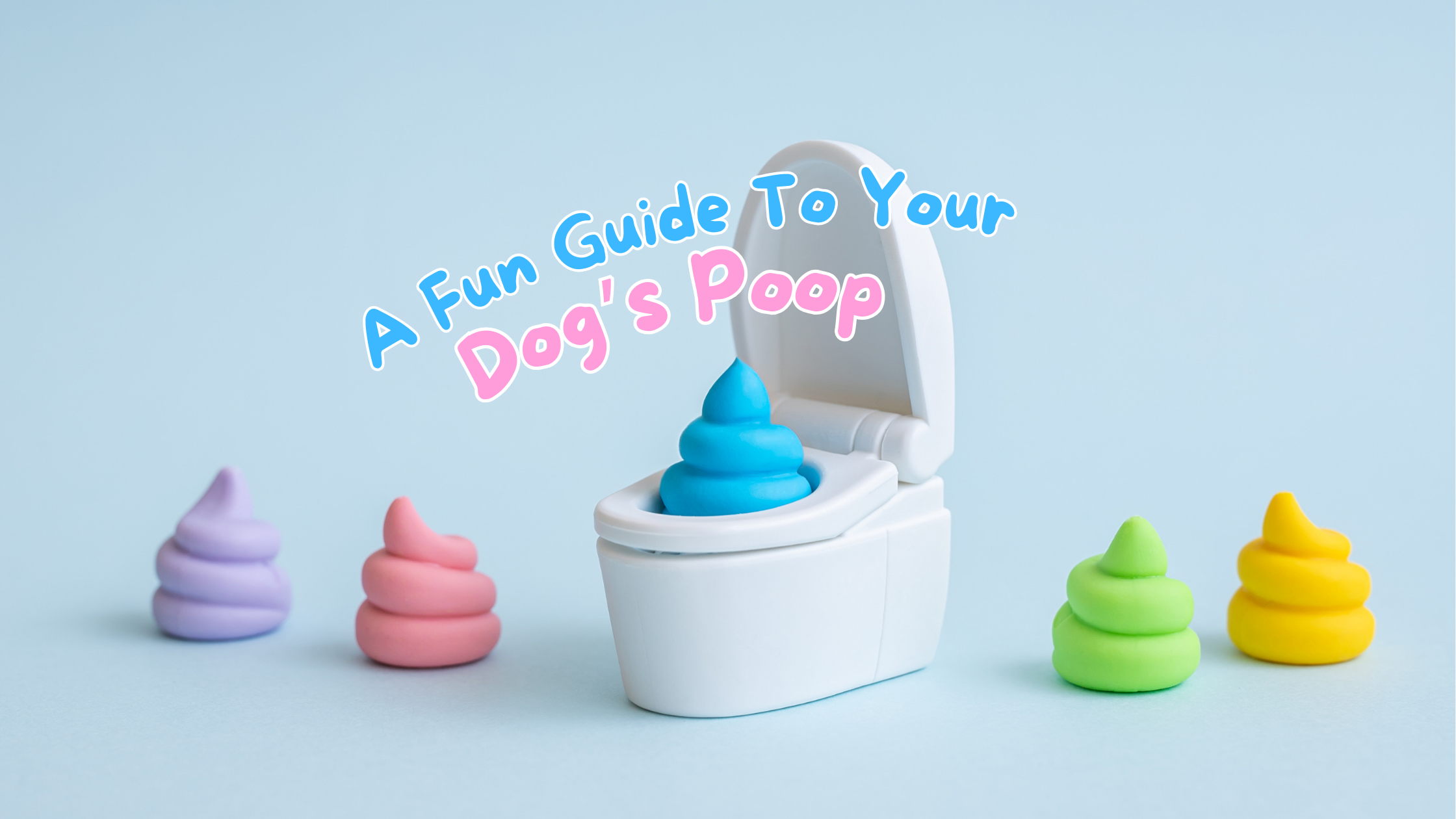
A Fun Guide to Your Dog’s Poop: What’s Normal, What’s Not, and How to Help
Let’s be honest—talking about poop isn’t the most glamorous part of being a pet pawent, but it’s a surprisingly important one! Your pup’s poop can tell you a lot about their health, and knowing what to look for can help you catch potential issues early. So, grab a bag (or two), take a deep breath, and let’s dive into the wonderful world of dog doo-doo!
What Does Healthy Dog Poop Look Like?
The perfect doggy deposit should be:
- Chocolate brown in color – Think of a lovely milk chocolate bar (but, you know, don’t actually think about eating it).
- Firm but not too firm – It should hold its shape, like a well-baked brownie, but not be rock hard.
- Moist but not runny – If it crumbles or leaves a mess behind, it’s time to check in on your pup’s diet.
- Not too stinky – All poop smells, but if it clears the room, something might be off!
The Many Shapes and Shades of Doggy Doo
Not all poop is created equal! Here’s what different types of dog poop might mean:
1. The Runny Ruckus (Diarrhea)
Oh no—splat! Loose or watery poop can happen for a bunch of reasons:
- A new food adventure (or stealing table scraps!)
- A bug or infection
- Parasites (yuck!)
- Stress (yes, even dogs get tummy troubles when they’re anxious!)
What to Do:
- Give them a break with a bland diet (boiled chicken and rice works wonders!).
- Make sure they’re drinking plenty of water.
- Skip the treats until their tummy settles.
- If diarrhea sticks around for more than two days or there’s blood, call the vet ASAP!
2. The Pebble Poop (Hard, Dry Stool)
Tiny, rock-hard poop? Your pup might be dehydrated or missing fibre in their diet.
What to Do:
- Encourage more water drinking (try adding some low-sodium broth!).
- Add fibre-rich goodies like canned pumpkin.
- Get them moving! Exercise helps keep things moving smoothly.
3. The Greasy Surprise (Grey or Oily Poop)
If their poop looks like it’s been dipped in butter, their diet might be too fatty, or they could have pancreas problems.
What to Do:
- Cut back on fatty foods.
- Check in with the vet about possible digestive issues.
4. The Mysterious Mucus Poop
A little slime is okay, but too much mucus might mean inflammation or parasites.
What to Do:
- Keep an eye out for other symptoms like vomiting.
- Make sure they’re up to date on deworming.
- If mucus is a regular guest in their poop, check with the vet.
5. The Tar-Like Terror (Black, Tarry Poop)
This one’s a red flag—it could mean internal bleeding.
What to Do:
- Get to the vet ASAP!
6. The Golden Nugget (Yellow or Orange Poop)
Too much turmeric? Maybe. But this could also mean a liver issue or fast digestion.
What to Do:
- If it happens often, a vet visit is a good idea.
7. The Lawn Poop (Green Stool)
If your pup’s been munching on grass, you might see some green surprises.
What to Do:
- If they seem fine otherwise, don’t stress!
- If they also seem sick, check with the vet.
8. The Chalky Conundrum (White or Gray Poop)
Raw-fed dogs often have white poop due to high calcium, but too much can cause constipation.
What to Do:
- Adjust their diet if needed.
When to Call the Poop Police (a.k.a. The Vet)
If your pup’s poop takes a weird turn and doesn’t go back to normal, especially if they’re acting sick, it’s time for a vet visit.
Who knew poop could be so interesting? Keeping an eye on your dog’s bathroom habits might not be glamorous, but it’s one of the best ways to stay on top of their health. So next time you’re on poop patrol, give it a quick inspection—your pup will thank you!